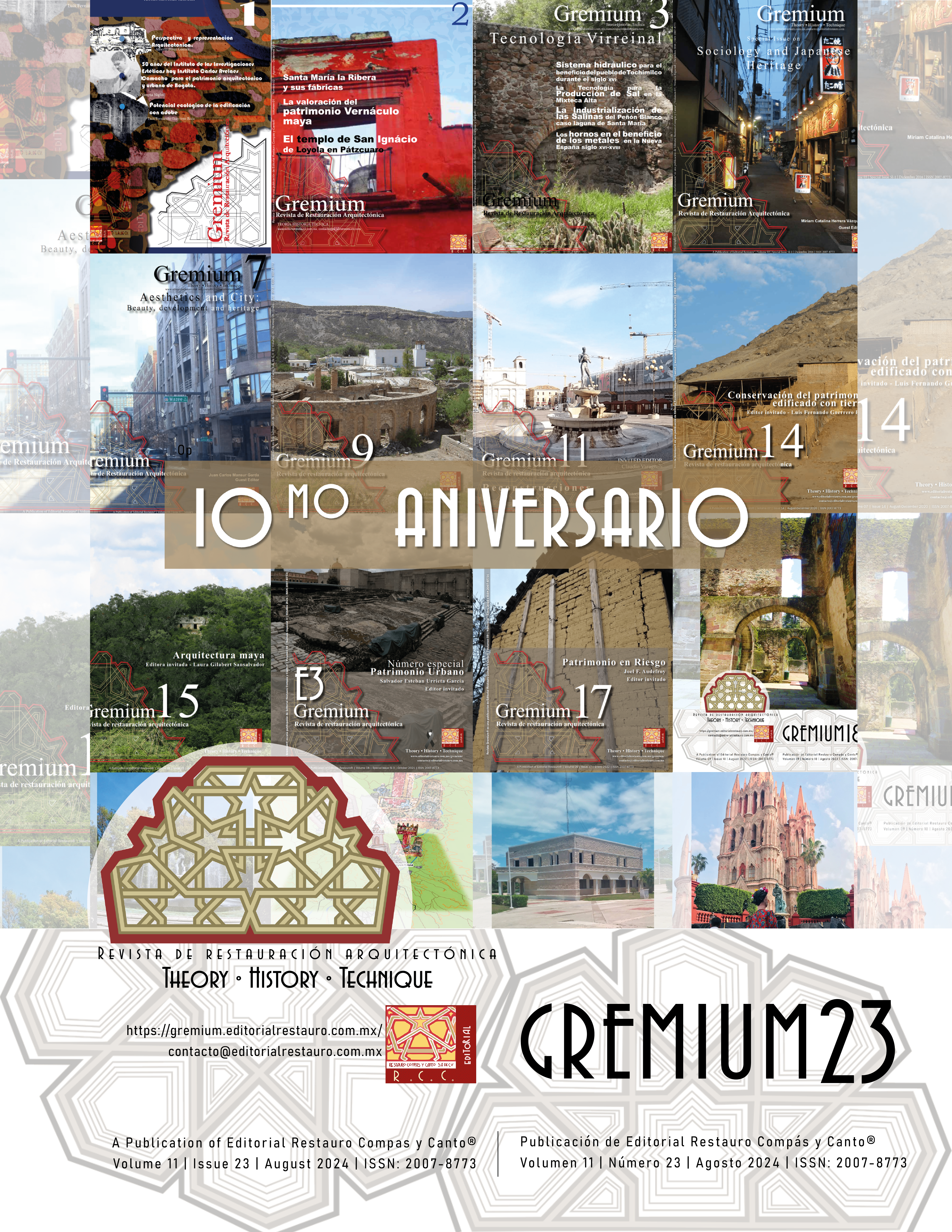Restoration of colonial heritage. Criteria and intervention techniques applied in the first half of the 20th Century in Argentina
DOI:
https://doi.org/10.56039/rgn23a09Keywords:
colonial heritage, earth architecture, restorationAbstract
The architecture of the colonial period constituted the main corpus of patrimonialisation during the period 1937-1947, when heritage polices began in Argentina. Built mainly of earth construction techniques, its assessment focused on highlighting the morphological and expressive attributes of these buildings while the material dimension was barely considered. This approach was also replicated in the restoration practice, as materiality and techniques were used as subordinate instruments of a specific formal expression. This article proposes to analyze the intervention criteria, principles and techniques implemented in architectural monuments of the colonial period built with earthen technologies during the foundational phase, regarding the relationship established between form and matter. An analysis of four case studies that combines different theoretical and methodological strategies is presented for this purpose. On the one hand, the historiographical analysis to contextualize heritage management and the records of colonial architecture at that period, in terms of alteration, conservation and materiality. On the other, the characterization and analysis of the interventions, combining historiographical analysis with the fieldwork.
Downloads
Downloads
Published
Issue
Section
License
Copyright (c) 2024 Gremium

This work is licensed under a Creative Commons Attribution-NonCommercial-NoDerivatives 4.0 International License.























